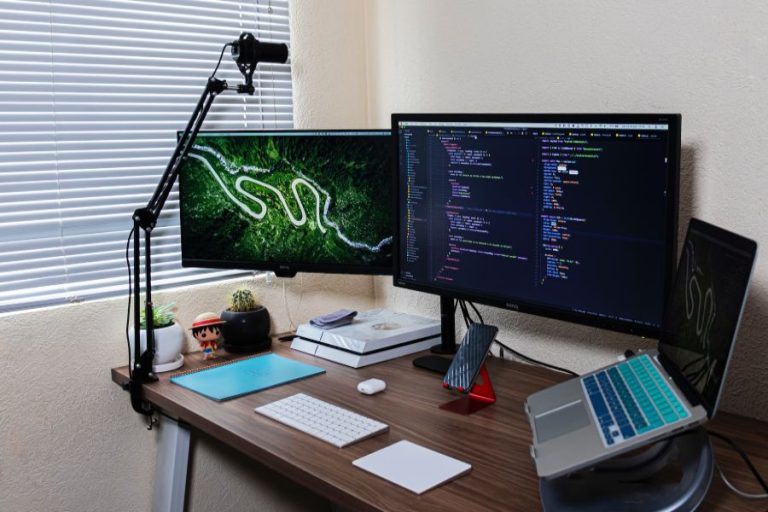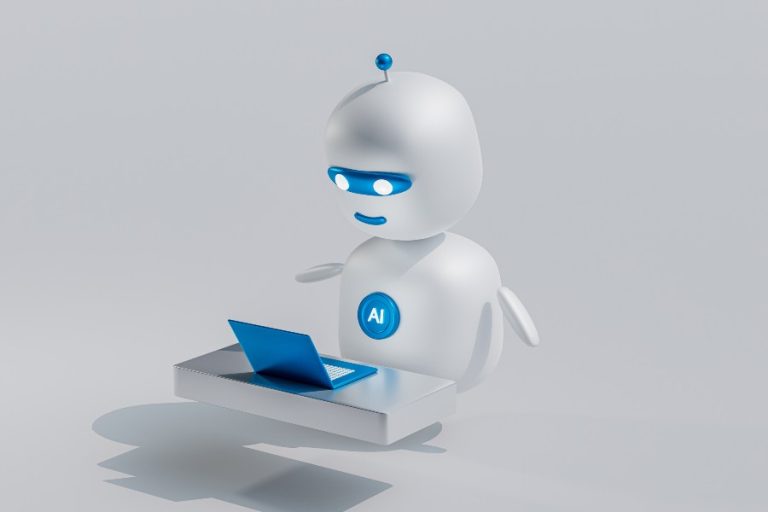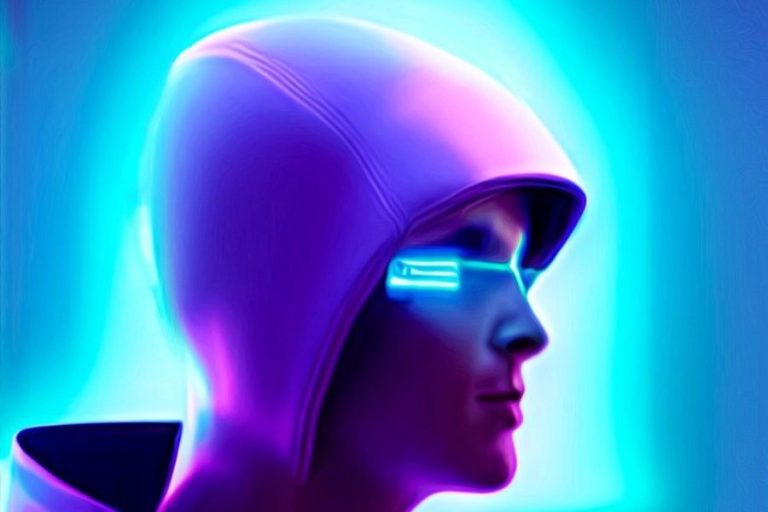Animating characters is an art that breathes life into static designs, transforming them into believable, relatable figures. In the world of digital animation, two critical processes play pivotal roles: rigging and character animation. Rigging refers to the creation of a skeleton that animates a character, akin to puppet strings in traditional puppetry. Character animation, on the other hand, is the art of bringing these rigged models to life, infusing them with personality and emotion.
This blog post delves into the best practices of rigging and character animation, offering valuable insights for both beginners and seasoned professionals.
Understand Your Character’s Design
Before delving into rigging, it’s essential to have a thorough understanding of your character’s design. This understanding influences every aspect of rigging and animation, ensuring that the character moves and reacts in a way that is true to its design.
A character designed for a high-action adventure game, for instance, requires a different rigging approach compared to a character intended for educational motion graphics. In motion graphics, characters often need simpler rigs due to their stylized nature and the type of movements they perform. The design dictates the range of motion, flexibility, and even the complexity of the rig needed.
Mastering Rigging Fundamentals
The backbone of any character animation is its rigging. Rigging is what makes a character move and it’s essential to get this foundation right. Start by constructing a skeleton that matches your character’s anatomy. This includes joints and bones placed in a manner that mimics real or fantastical anatomy, depending on the character’s design.
A good rig should offer a balance between complexity and control, allowing animators to bring out a wide range of movements without overwhelming them with too many controls. It’s crucial to rig for flexibility, anticipating a range of motions that your character may need to perform. Remember, a rig that’s too rigid limits animation potential, while one that’s too loose can lead to unnatural movements.
Facial Rigging: Capturing Expressions
Facial rigging deserves special attention due to its direct impact on how characters convey emotions and interact with their environment. A well-rigged face can express a wide range of emotions, from subtle eyebrow raises to wide smiles. This is achieved through a combination of joint-based rigging and blend shapes or morph targets.
These tools allow for detailed control over facial expressions, mimicking the nuances of human expressions. Paying attention to the eyes, eyebrows, and mouth is especially important, as they are key to conveying emotions. This level of detail in facial rigging is critical for creating characters that connect emotionally with the audience.
Weight Painting And Skin Deformations
Once the skeleton is rigged, the next step is skinning or weight painting. This process involves defining how the mesh of the character deforms when the bones of the rig move. Effective weight painting ensures that deformations look natural. Pay particular attention to areas of high movement, such as joints, where improper weighting can lead to unrealistic bending and stretching of the skin. The goal is to create a smooth transition of movement, mimicking how muscles and skin behave in real life. Experimentation and iteration are key here, as achieving the perfect balance often requires multiple adjustments.
Animation Principles: Bringing Characters To Life
With the rigging in place, the focus shifts to the actual animation. This is where principles like anticipation, follow-through, squash and stretch, and secondary motion come into play. These principles are the cornerstone of animation, giving life and believability to your characters. Anticipation, for instance, is used to prepare the audience for a major action the character is about to perform, like jumping or throwing.
Squash and stretch give a sense of weight and flexibility to your characters. And don’t forget about secondary motion – the subtle movements that add realism, like hair swaying as a character moves. Adhering to these principles ensures your animations are fluid and realistic.
Utilizing Motion Capture Technology
In today’s animation industry, motion capture technology plays a significant role. It allows for the capturing of human movements in a more realistic and nuanced way. This technology is particularly useful for complex actions like fight scenes or subtle facial expressions. While motion capture can significantly enhance the realism of animations, it’s important to blend these captured movements with keyframe animation to fine-tune and perfect the character’s performance.
Integrating Software Tools And Plugins
No discussion of rigging and animation is complete without mentioning the tools of the trade. Software like Autodesk Maya, Blender, and Adobe After Effects offer robust rigging and animation capabilities. Each software has its strengths and caters to different aspects of the animation process.
Additionally, several plugins can enhance these software’s capabilities, offering more advanced rigging options, realistic physics simulations, and intuitive animation controls. Staying updated with these tools and continuously exploring new plugins can greatly improve the efficiency and quality of your animation work.
Collaboration And Feedback
Animation, especially character animation, is often a collaborative effort. Working closely with other animators, riggers, and even directors or storyboard artists is crucial for bringing a character to life. Regular feedback sessions are essential, as they provide fresh perspectives that can improve the rigging and animation. Embrace constructive criticism and be open to revisiting your work – it’s all part of the process that leads to a polished final product.
Staying Updated With Industry Trends
The animation industry is continually evolving, with new technologies and techniques emerging regularly. Staying informed about these changes is crucial for any animator or rigger. This could involve attending workshops, following industry blogs, participating in forums, or even taking online courses. Keeping your skills and knowledge up to date ensures you stay relevant and competitive in this dynamic field.
Conclusion
Rigging and animating characters is a complex yet rewarding process. It requires a blend of artistic skill and technical knowledge, alongside a deep understanding of movement and emotion. By following best practices in rigging and animation, and staying informed about industry trends, you can create characters that are not only visually impressive but also emotionally resonant.
Whether you’re a seasoned professional or just starting out, remember that every character you rig and animate is an opportunity to tell a compelling story and connect with










